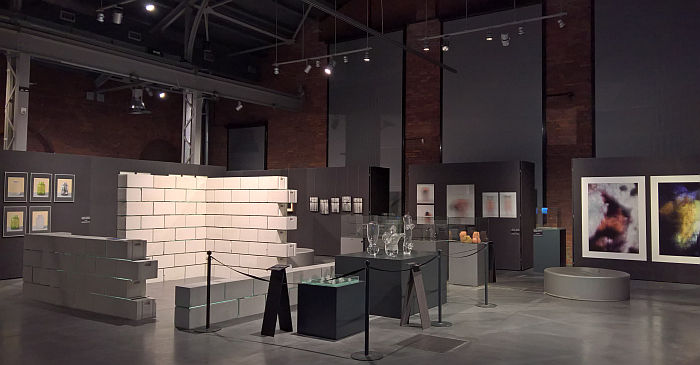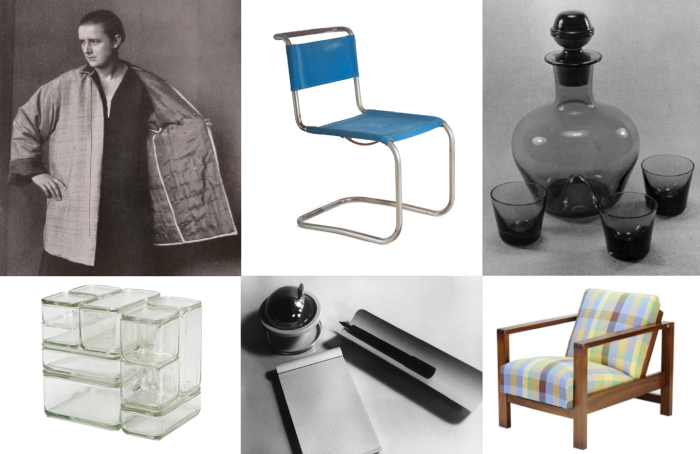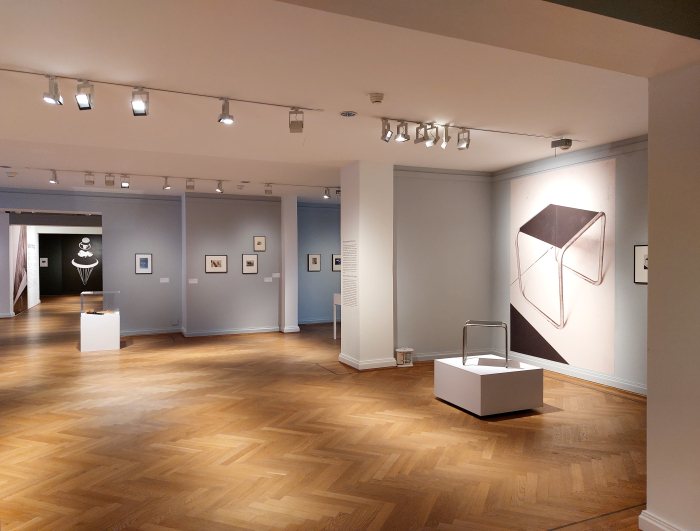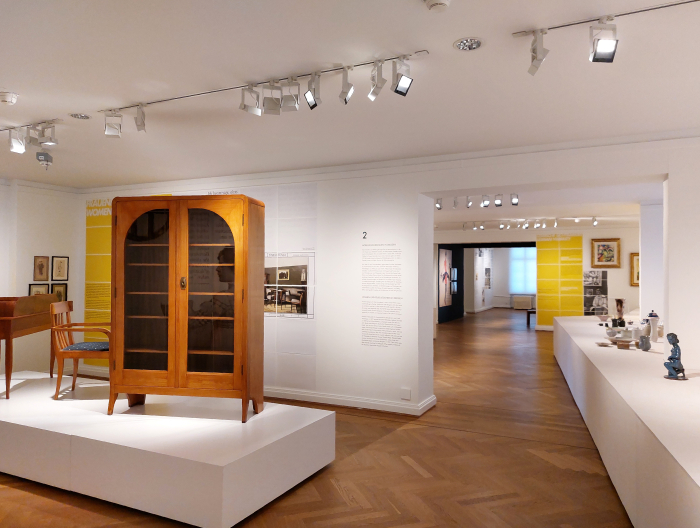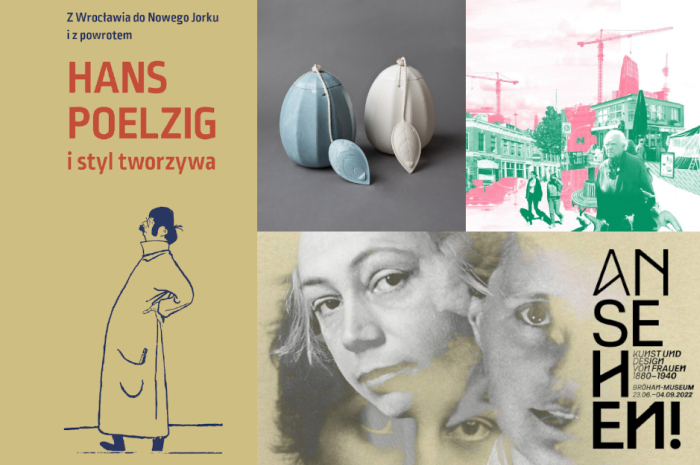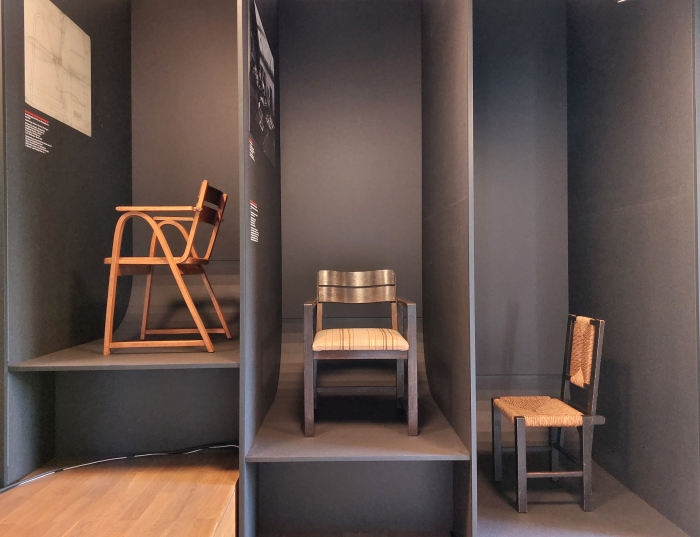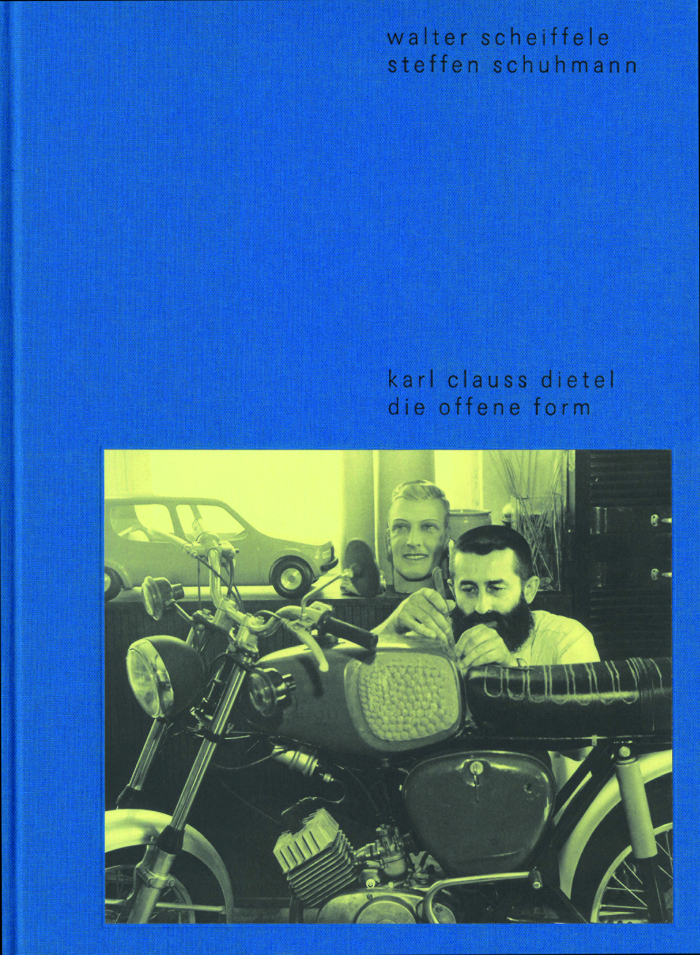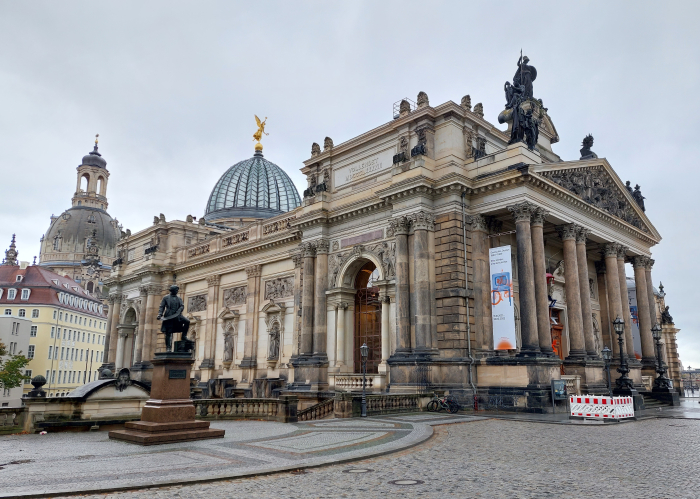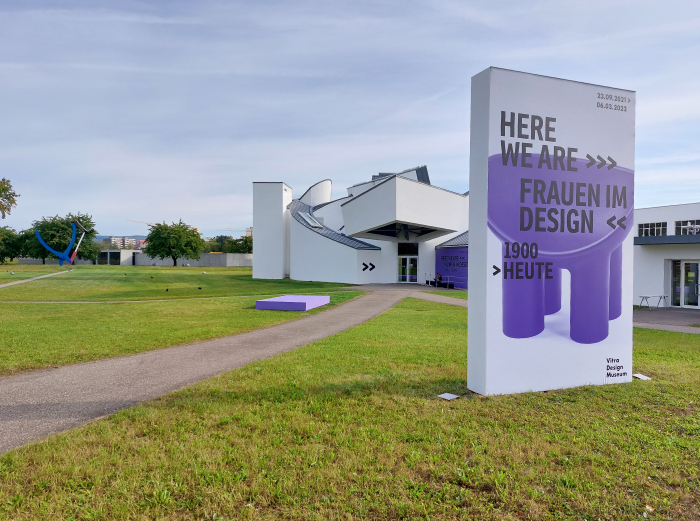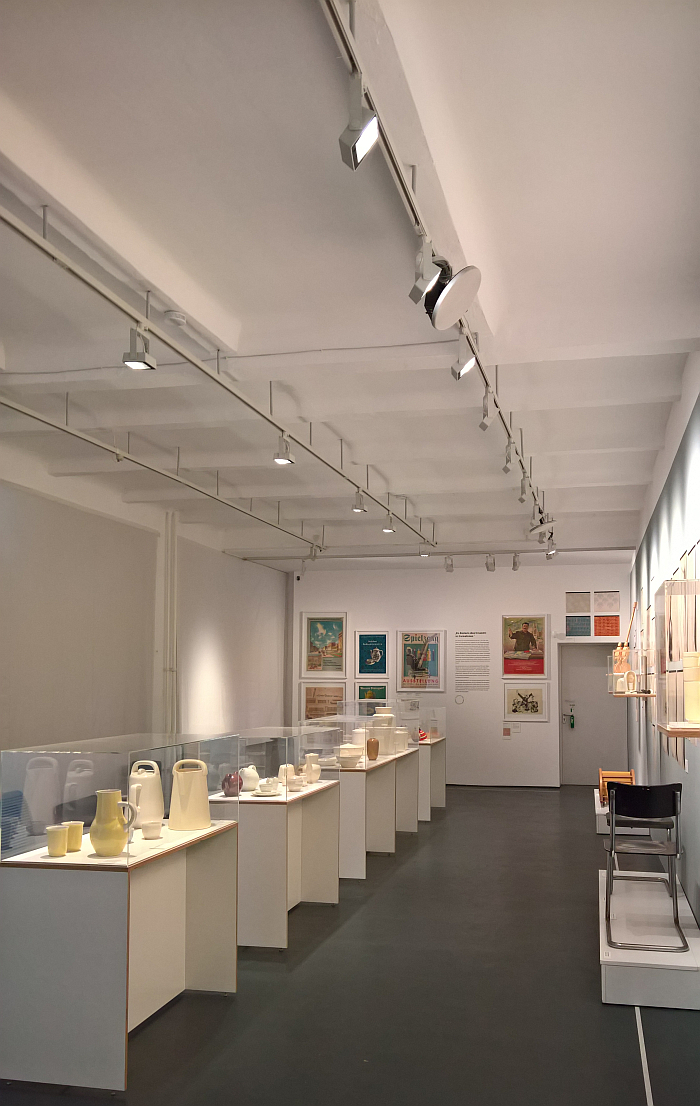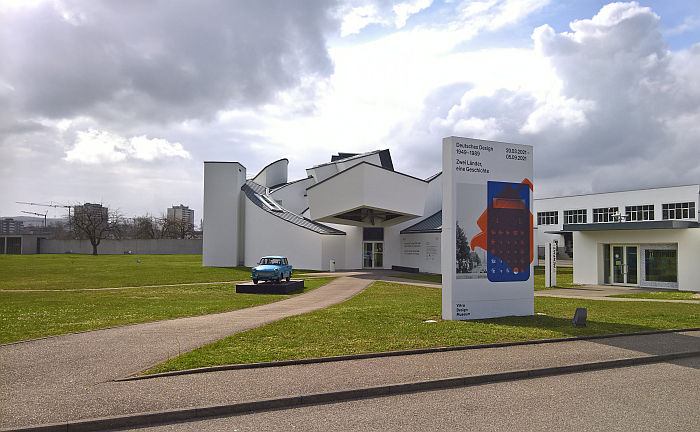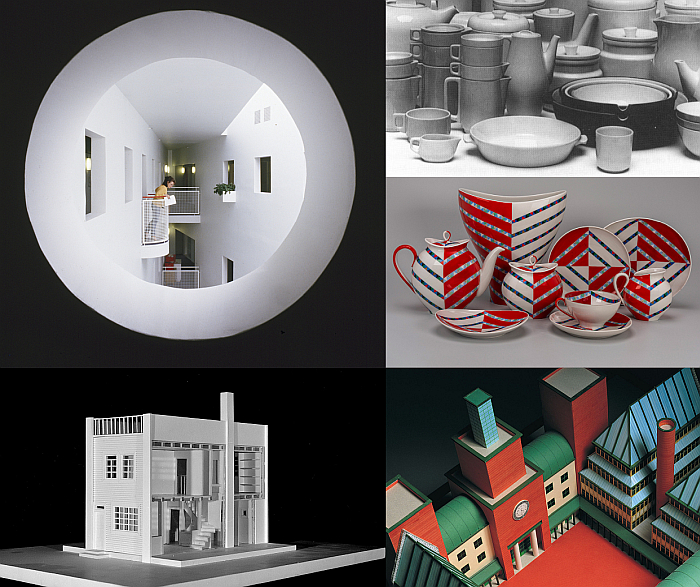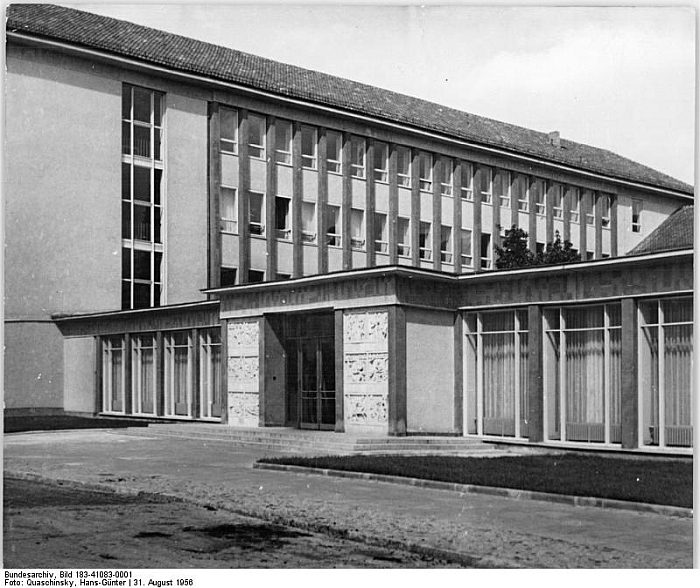Search Results for marianne brandt
Ich bin ganz von Glas. Marianne Brandt and the Art of Glass Today @ The Sächsische Industriemuseum, Chemnitz
László Moholy-Nagy may have given Marianne Brandt “mettle for metal”, and metal may be the material with which she is most readily and popularly associated; however, as she wrote in 1922, “Ich bin ganz von Glas”….. I am entirely glass.
Fragile? Transparent? Opaque? Metamorphic? Refractive? Sparkling?
For its 7th edition the triennial International Marianne Brandt Contest sought projects exploring glass in all its interpretations, properties and essences; the 60 nominated projects being presented alongside a cabinet showcase devoted to Marianne Brandt in the exhibtion Ich bin ganz von Glas. Marianne Brandt and the Art of Glass Today at the Sächsische Industriemuseum Chemnitz.
International Marianne Brandt Contest 2016 – Winners and Exhibition
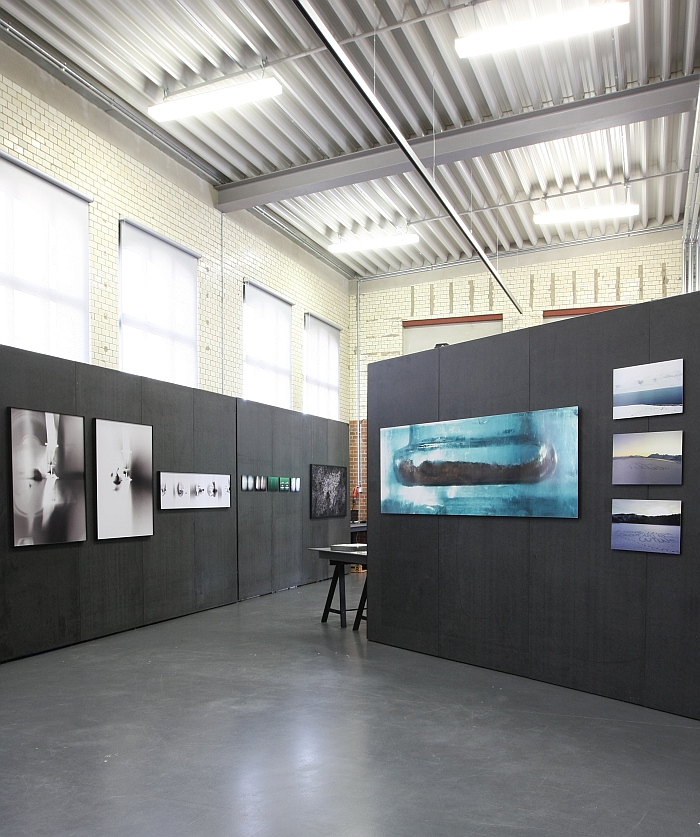
The winners and nominated projects from the 2016 International Marianne Brandt Contest can be viewed in an exhibition in Chemnitz.
International Marianne Brandt Contest 2016 – Open for Entries
Since 2000 the International Marianne Brandt Contest has been searching for the Poetry of the Functional in art and design.
Marianne Brandt at Villa Esche Chemnitz
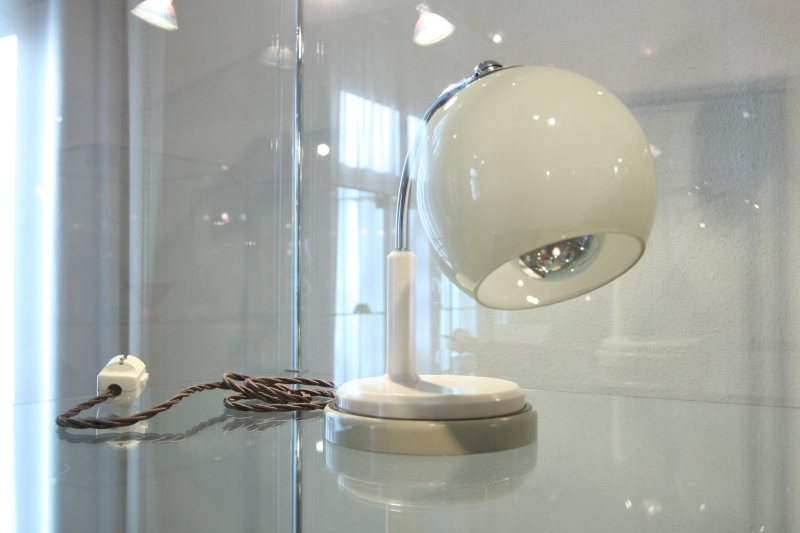
By way of an addendum to our addendum to our “5 New Design Exhibitions for February 2014” post…… Until June
International Marianne Brandt Contest 2013: Exhibition
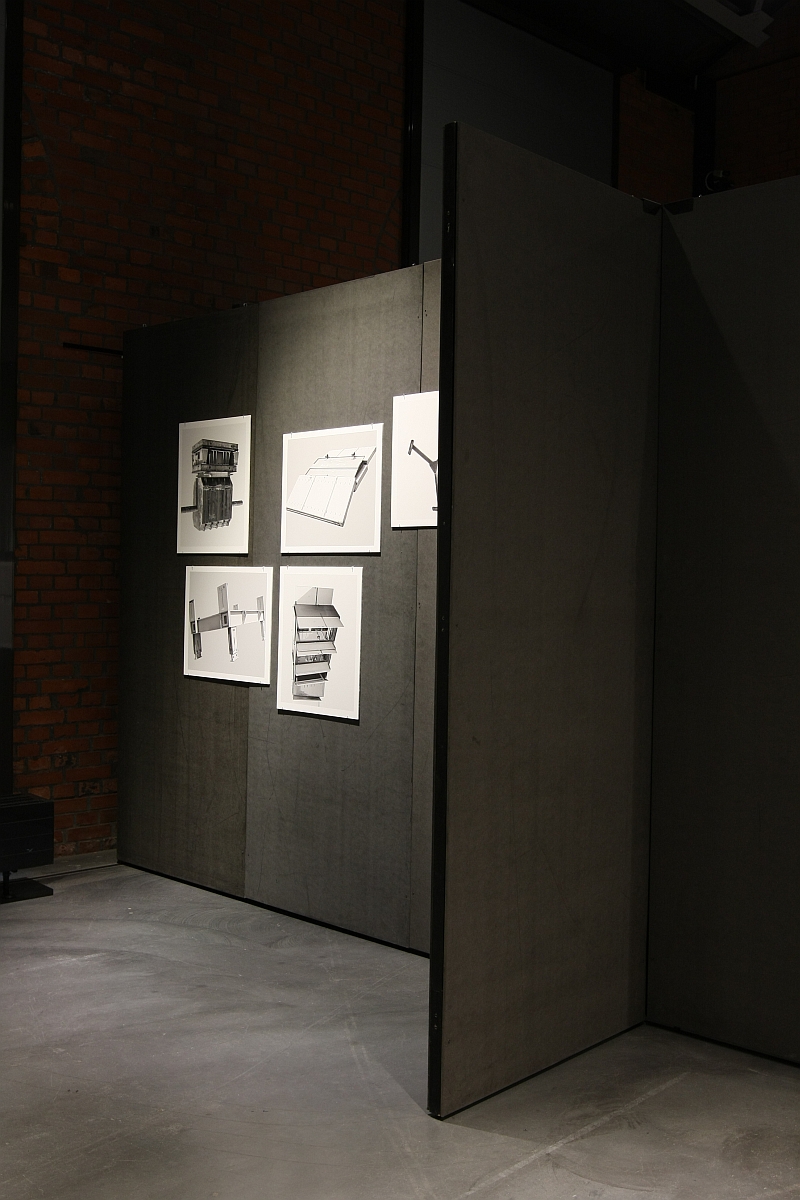
We’re not going to pretend everyone is enamoured with our constant pops at Chemnitz. Truth is for the majority our
International Marianne Brandt Contest 2013: Winners
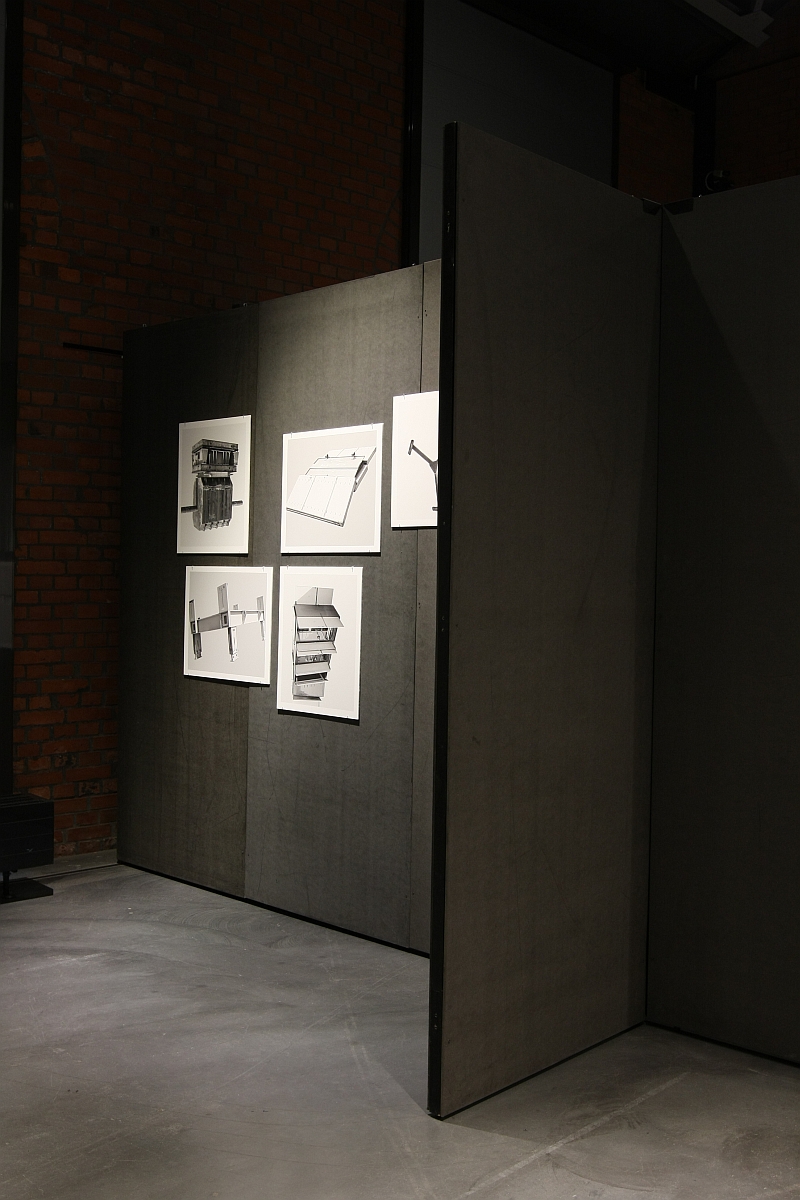
On Saturday September 7th the winners of the International Marianne Brandt Contest 2013 were unveiled at an awards ceremony in
International Marianne Brandt Contest 2013: Nominations and Awards Party
Having already been to Chemnitz once this year we really are loathed to go a second time. It somehow feels
International Marianne Brandt Contest 2013: Interview with Co-Organisers Linda Pense and Stefan Hannig.
Despite a very personal, and very, very, old, aversion to all things Chemnitz – a situation we really should start
The Poetry of the Functional: The International Marianne Brandt Contest 2013
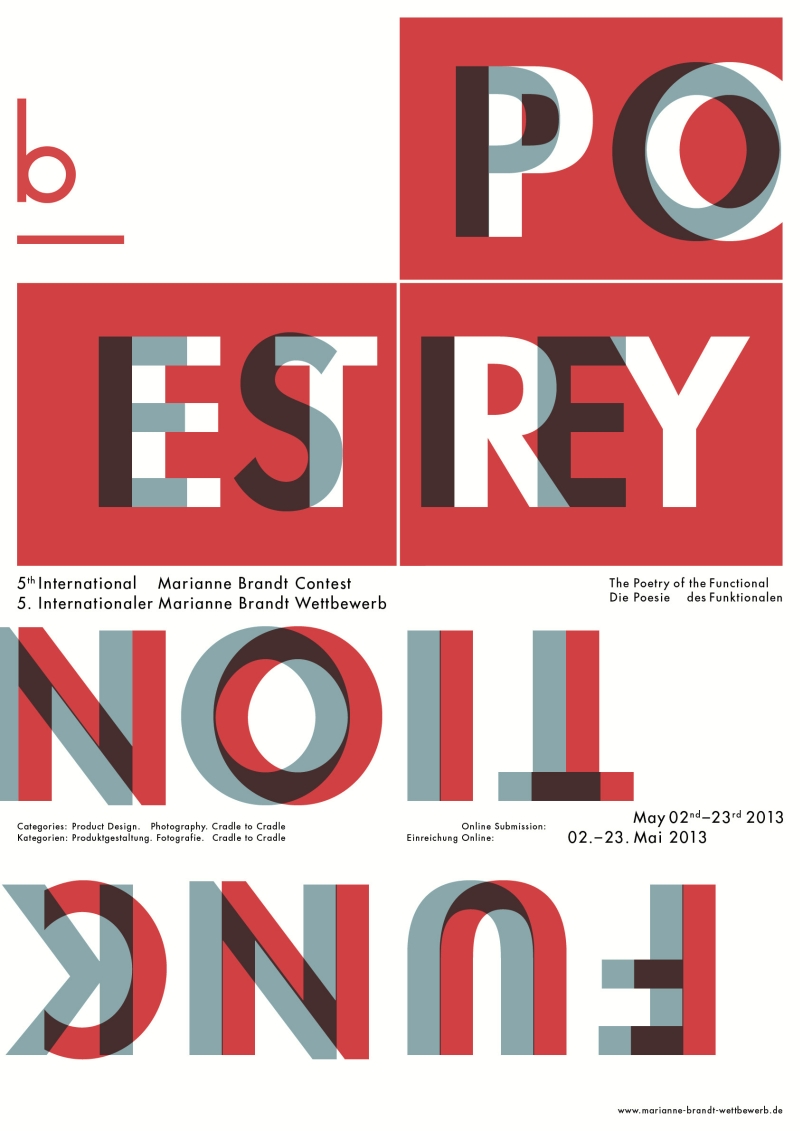
Older readers will be well aware of the high esteem in which we hold the Bauhaus educated designer Marianne Brandt.
International Marianne Brandt Contest 2010 – Exhibition
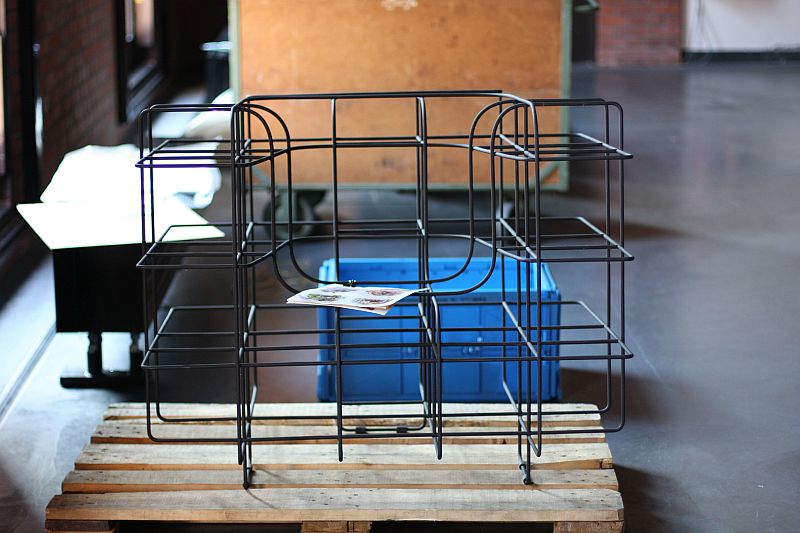
Awards ceremonies are all well and good – but much more important is the exhibition to accompany the contest. And
International Marianne Brandt Contest 2010 – Awards Ceremony
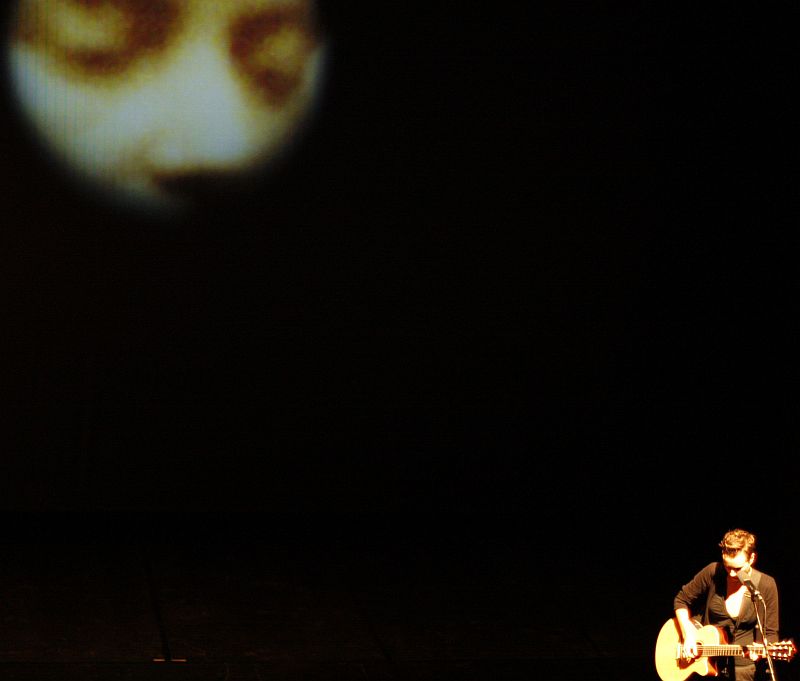
Although the Marianne Brandt Contest is on the surface about Marianne Brandt, the awards ceremony in Chemnitz on Friday stood
International Marianne Brandt Contest 2010
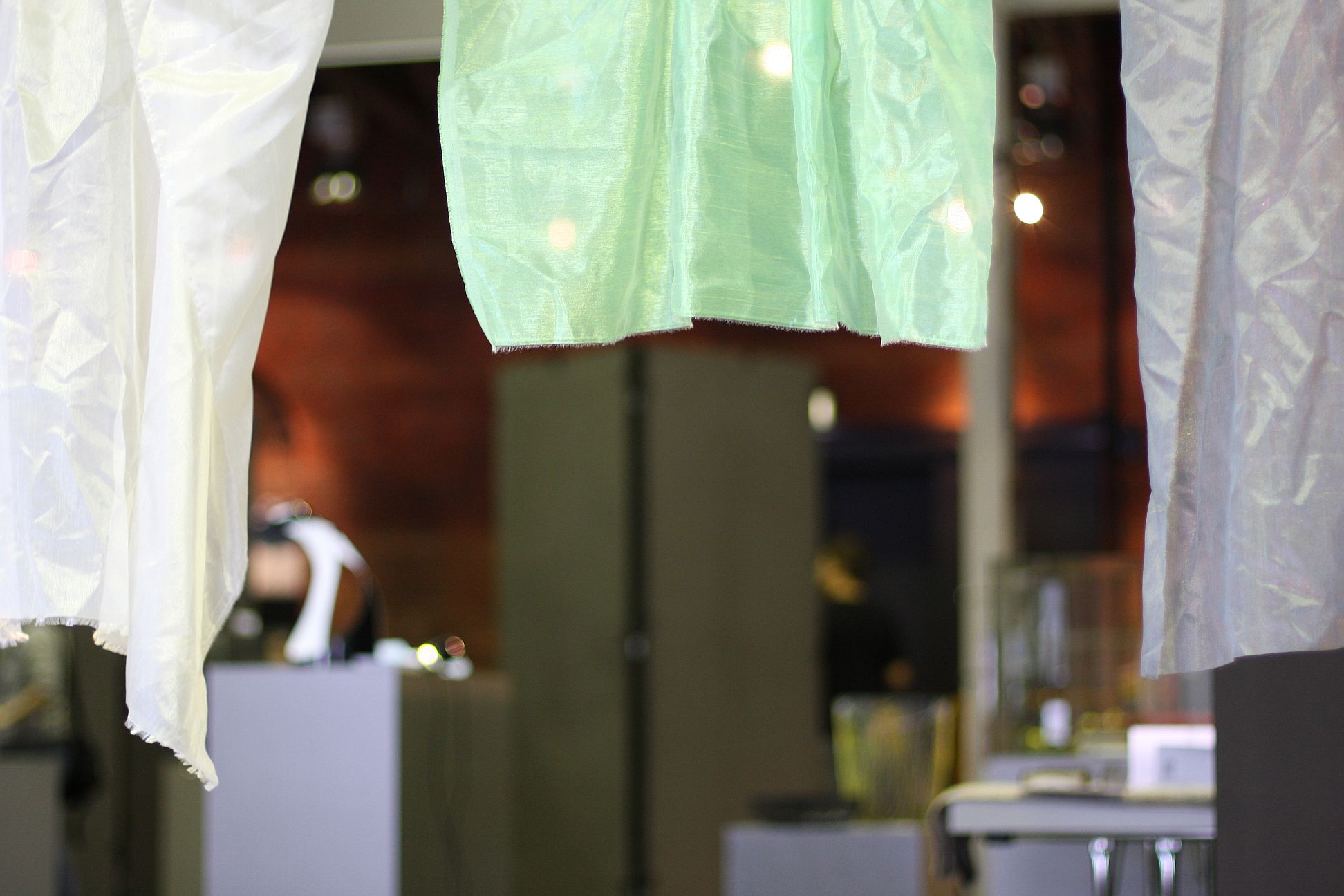
When we heard that the 2010 International Marianne Brandt Contest exhibition was going to be held in the Industrial Museum,
2010 Marianne Brandt Contest: Call for submissions
Chemnitz is without doubt the ugliest city in Sachsen. If not Europe. And so it is all the more surprising
The Grassimesse smow-Designpreis – Don’t miss out like Reich, Wagenfeld, László, Brandt et al
Although the Grassimesse has been staged, with readily understandable pauses, since 1920, the Grassimesse smow-Designpreis is being staged for the first time in 2023.
Which means a highly impressive roster of innovative, intelligent, imaginative, informative, designers from back in the day can’t win it. Have, if one so will, missed out
But you can win it and the associated €2,500.
Or can if your reading this before Friday May 12th Sunday May 21st, the new extended, deadline for entries.
Otherwise you’ve also missed out.
You’ve now missed out.
Putting you in an illustrious, if very unfortunate, group along with the likes of…….
Lucia Moholy – The Image of Modernity at the Bröhan Museum, Berlin
“Everybody, except myself, have used, and admit to having used my photographs … and often also without mentioning my name”, lamented Lucia Moholy in 1956, “everyone – except myself – have derived advantages from using my photographs, either directly, or indirectly, in a number of ways, be it in cash or prestige, or both”.1
The photographs in question being of and from the Weimar and Dessau Bauhauses, photos which played, and continue to play, a not unimportant role in mediating Bauhaus to a wider audience. But which in doing such don’t necessarily help mediate Lucia Moholy to that wider audience. On the contrary, they tend to hold her in a relative anonymity.
With Lucia Moholy – The Image of Modernity the Bröhan Museum, Berlin, help explain how such a situation came to be, why Lucia Moholy’s lament is both justified and an important lesson, and also how it relates to popular understandings of Bauhaus.
But for all seek to redress some of the ongoing consequences of that relative anonymity…….
Regard! Art and Design by Women 1880–1940 at the Bröhan Museum, Berlin
July 2021 marked what would have been the 100th birthday of Karl H. Bröhan, initiator of the collection that initiated Berlin’s Bröhan Museum; a centenary marked by the museum with the exhibition Bröhan Total!, a, as the title implies, comprehensive presentation of that collection.
A presentation of the Total! Bröhan collection, an intensive examination, and study, of the Total! Bröhan collection by the Bröhan Museum which, indirectly and directly, led the Bröhan Museum to undertake, if one so will, a gender audit of their Total! collection; an audit which came to the conclusion that from the ca. 20,000 objects therein just some 1,500 were by females creatives, or ca. 7.5%. And from the ca. 1100 creatives represented in that collection just some 99 were female, ca. 10%; thus more than the 7.5% of the objects indicating a greater average object per head ratio for male creatives than females.
Numbers which led to questions, not least questions of why, and subsequently led the Bröhan Museum Berlin to the exhibition Regard! Art and Design by Women 1880–1940.
An exhibition which presents works by all 99 female creatives represented in the Bröhan Museum collection, and allows space for your own reflections on the numbers, the biographies, the (hi)story of design, museum collections, and for all the myriad whys. The myriad whys, then and now…….
5 New Architecture & Design Exhibitions for June 2022
With the Boötids, the Arietids and the Beta Taurids June is an eventful month for meteor showers; and a month of great promise for all those who hope their most earnest wishes for the future will be fulfilled through entrusting them to a shooting star.
If only their wasn’t the seemingly endless wait for nightfall, the seemingly endless sitting and streaming and snacking and stupor of waiting…….
Alternatively, use the day(s) ahead of the arrival of those celestial messengers of hope in perusing a good architecture and/or design exhibition: something that may enrich your life in ways you could never have imagined. Far less hoped for. And could lead you, could lead us all, to a future better, more promising and more fulfilling than you/we could ever have wished for. Could ever have achieved through the sitting and streaming and snacking and stupor of waiting for the future.
But you can still watch the meteors when they appear. And wish upon a star.
Our four meaningful distractions until nightfall in June 2022 can be found in Berlin, Rotterdam, Wrocław and Copenhagen……
Chairs: Dieckmann! The Forgotten Bauhäusler Erich Dieckmann at Neuwerk 11, Halle
“…one only finds warmth of life and sincerity where human nature is allowed to flourish”, opined the German designer Erich Dieckmann in 1931, “one shouldn’t forget that in our apartments. Let’s treat our contemporary homes to something humane. Something unelaborate, something provisional, with some leeway and space for things to grow as they wish over time.”1
With the exhibition Chairs: Dieckmann! The Forgotten Bauhäusler Erich Dieckmann, the Kunststiftung des Landes Sachsen-Anhalt and Staatlichen Museen zu Berlin extend an invitation to explore how Erich Dieckmann understood an unelaborate, humane, contemporary apartment full of leeway and space to grow…….
karl clauss dietel. die offene form by Walter Scheiffele and Steffen Schuhmann
It is perhaps indicative of the differing receptions to and estimations of design in the former West Germany and the former East Germany that while Dieter Rams’ Ten Principles of good design are revered as if cast in stone, Karl Clauss Dietel’s Five Big Ls of good design have barely seen the light of day since November 1989.
A popular focus on the former West which tends to popular understandings of design from West Germany as being valid and authentic and laudable, while design from East Germany is reduced, denigrated, to cartoon Ostalgie.
With karl clauss dietel. die offene form Walter Scheiffele and Steffen Schuhmann allow one to approach more probable understandings both of the (hi)story of design in the former East Germany and of Karl Clauss Dietel’s position in the (hi)story of design, and in doing so stimulate a re-evaluation of the receptions to and estimations of design in and from East Germany…….
German Design 1949–1989. Two Countries, One History at the Kunsthalle im Lipsiusbau, Dresden
Whereas politics, economics or sport in West Germany and East Germany are well and widely studied, and the similarities and differences regularly and publicly analysed and contextualised, thereby allowing for more refined, nuanced, popular understandings; design in and from the two Germanys remains, largely, a niche subject for a small band of specialists, and on a popular level something not only repeatedly reduced to a few works, institutions and protagonists, but also defined by understandings that, popularly, have barely changed since 1989.
With the exhibition German Design 1949–1989. Two Countries, One History the Kunstgewerbemuseum Dresden challenge those ingrained understandings and thereby allow for the development of more differentiated and detached perspectives……
Here We Are! Women in Design 1900 – Today at the Vitra Design Museum, Weil am Rhein
In her 1929 essay A Room of One’s Own, Virginia Woolf, as a component of her reflections on the myriad subjects of ‘women and fiction’, reads her way, chronologically, through a bookcase of works written by women from across the centuries.
Here We Are! Women in Design 1900 – Today at the Vitra Design Museum, Weil am Rhein, has the feeling of Virginia Woolf’s bookcase, allowing as it does for reflections on, and a critical questioning of, the myriad subjects of ‘women and design’…….
The Early Years. Mart Stam, the Institute and the Collection of Industrial Design at the Werkbundarchiv – Museum der Dinge, Berlin
In 1950 the Dutch architect and designer Mart Stam told a conference in Leipzig, “when I speak here for a group of individuals active in industry about the problem of industrial design, I do so because I believe that it is necessary for us to concern ourselves in detail with the question of industrial design, and also because I believe that through intensive work and cooperation in this field we can contribute to increasing the cultural quality of our goods.”1,2
With the exhibition The Early Years. Mart Stam, the Institute and the Collection of Industrial Design the Werkbundarchiv – Museum der Dinge Berlin elucidate that Stam did more than simply speak about “the problem of industrial design” in the, then, fledgling East Germany, that Mart Stam wasn’t the only person in 1950s East Germany interested in “increasing the cultural quality of our goods”, if ideas about how one defined “increasing” and “cultural quality” varied greatly; and in doing so allows insights into the development of industrial design in East Germany……
German Design 1949–1989. Two Countries, One History at the Vitra Design Museum, Weil am Rhein
In the final decades of the 19th century the lands of the, then, German Empire, established themselves amongst the leading protagonists in the developments of contemporary applied arts as they moved towards that which we today term design. A leading position which, in certain regards, became a European dominance in the course of the 1900s, 1910s and 1920s through the contributions made to the evolving practices, processes, expressions and understandings of the period by institutions such as, and amongst many others, the Deutsche Werkstätten Hellerau, the Deutsche Werkbund, the Frankfurt city building authorities and, and perhaps most famously, the Bauhauses.
Then, as so oft in 1920s Europe, came the 1930s, the War and subsequently the establishment within (part of) the lands of the, former, German Empire two new nations: West Germany and East Germany.
And what became of the design understandings and approaches that had developed and evolved in that region over the previous half century?
That, to misquote Hamlet, is one of the questions the Vitra Design Museum pursue in German Design 1949–1989. Two Countries, One History.
5 New Architecture & Design Exhibitions for December 2020
To paraphrase the Propellerheads, this is just a little bit of a blog post repeating…
For much as with our November 2020 exhibition recommendations, so some of our December 2020 exhibition recommendations won’t be opening. Or at least not in December 2020.
But then as now are in still in our list.
On the one hand because they will open, and is an important part of any pleasure not the expectation and anticipation?
And on the other hand, because that which makes an exhibition recommendable in advance of its opening, that which makes its anticipation and expectation so pleasurable, is that it promises to present a rarely explored subject and/or promises to explore a regularly presented subject from a new and/or fresh and/or deeper perspective. And thus a recommendable exhibition is also a nudge that there may be more to learn and understand about architecture and design than you were aware of. And thus a stimulus for your own research. And what better season than winter for that research?
Our five recommendations/stimuli/nudges for December 2020 can be found in Berlin, Vienna, Helsinki, Rome and St Petersburg.
And as ever in these times, if you do feel comfortable visiting any museum, please familiarise yourself in advance with the current ticketing, entry, safety, hygiene, cloakroom, etc rules and systems. And during your visit please stay safe, stay responsible, and above all, stay curious….
smow Blog Design Calendar: September 22nd 1952 – Mart Stam suspended as Rector of the Hochschule für angewandte Kunst, Berlin
As a general rule we prefer to focus the Design Calendar on positive events, it just seems more, well, positive; however, sometimes a negative event is more illustrative of a situation, provides for better access to a story.
An event such as Mart Stam’s beurlauben, suspension, as Rector of the Hochschule für angewandte Kunst, Berlin, on September 22nd 1952.
The unhappy end of Mart Stam’s not altogether joyful sojourn in East Germany.
But also a moment that allows for some focussed considerations on both the person Mart Stam and on his understandings of art, architecture and design.
